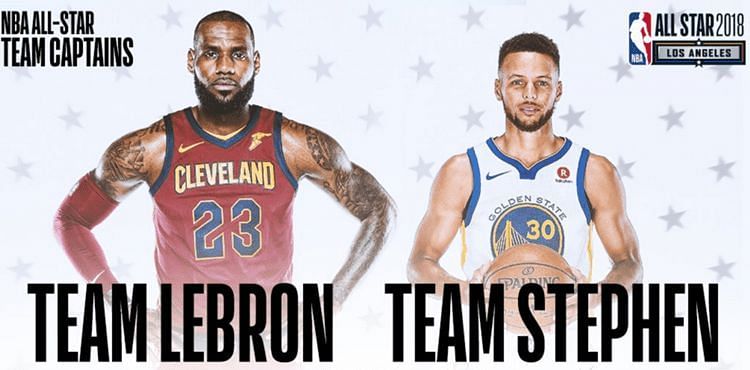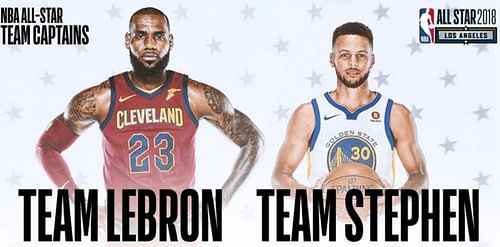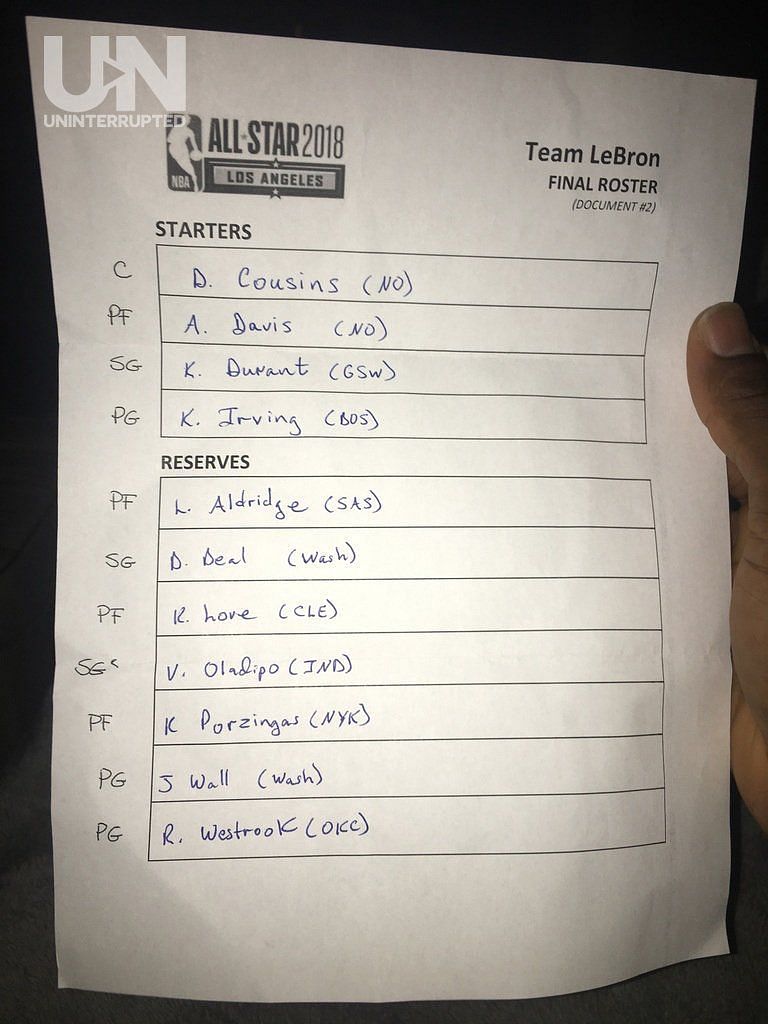
The All-New format for the NBA All-Star Game

The NBA All-Star weekend is looming ever closer, with the 3-day extravaganza kicking off on the 16th of February and culminating with the highly anticipated All-Star game on the 18th. This time around, the NBA authorities have extensively overhauled the rules so that the intensity of the competition can be increased and so that the audience can view revised, refreshing content that is different from the monotonous old format that had been used one year too long.
As the day of the extravaganza approaches, we take a look at these new rules that have created a buzz throughout the basketball industry!
1) No more East vs West
What!?? That's blasphemous!
For All-Star 2018, the concept of East-West has been done away with. While many romantics are angered by this shift from the classic format, the new system does have its advantages. In recent years, it has become painfully obvious that the West is a more dominant division with stacked teams and a skewed number of superstar players. Consequently, the matchup between the East and West was almost always a one-sided affair year in/year out. This made for repetitive, rather boring culminations to the event and the new format promises to lead change in this area.
Now the cross flow of players is possible and division based restrictions have been done away with. Resulting in more evenly balanced matches, with high octane showdowns of stars competing regardless of division.
2) Appointment of Captains and Team Selection
In this edition of the NBA All-Star game, the 2 highest voted/popular players from each conference will be declared as team captains and they will then choose their teammates from the rest of the voted stars. The selection can be made regardless of the Conference as mentioned above. The main focus of the captain will be to choose in accordance with the formulated strategy and the strengths that are to be capitalized on. As both captains will obviously choose the strongest team possible for themselves, this again ensures that a more balanced, competitive outlook is promoted during this edition of the All-Star break rather than the somewhat uninspiring matchups that we have been subjected to in recent years.
A very welcome initiative indeed!

3) Playing for Charity
For the first time ever, the proceeds collected from the 67th NBA All-Star game will be donated to locally or nationally recognized charitable organizations. It is a very well-received initiative by the NBA authorities which also ties in perfectly with the NBA's commitment to making a positive impact on local communities. This idea is one of the few that has not aroused controversy and has been accepted with open arms by both the players and the authorities alike!
Giving back to the communities and using their position to positively influence the local population is indeed a very noble initiative that has been a breath of fresh air in a league that has been increasingly criticized for being completely driven by monetary concerns. While the main modifications have been covered, let's also look at what has remained unchanged for All-Star, Los Angeles.
"I’m thrilled with what the players and the league have done to improve the All-Star Game, which has been a priority for all of us."
-Chris Paul (Houston Rockets)
1) Player qualification Process
The process of determining which players will participate in the All-Star game remains the same. The league follows a policy wherein 50% weight is given to the rank secured by the players on the basis of popular voting. Voting can be completed through the NBA website and another form of social media. On the basis of votes secured, the rankings are determined. Then, 25% weight will be given to both the player's votes and the basketball media's votes to arrive at the final rankings.
After these bases have been covered, the final list of players will be arrived at. From each conference, 12 players will be selected. The playing of 5 consists of 2 guards and 3 frontcourt players. 7 reserves will be selected per conference, with 2 guards, 3 frontcourt players and 2 players from any position earning their All-Star nods. Hence, the final list of 24 participants will be selected.
2) Coach Selection Process
The process of selecting the coaches also remains unchanged, with head coaches whose teams have the best records in the respective conferences earning nods. However, Steve Kerr and Brad Stevens, the coaches of the Golden State Warriors and the Boston Celtics respectively, will not be eligible as they coached in the 2017 All-Star game.
These changes have been a welcome refreshment from the rules that encouraged static matchups without either competition or electricity. While the results will only be evident during the game and from the after-match feedback, the authorities can take pride in their earnest efforts and look towards the future of the All-Star tradition with hope and confidence!